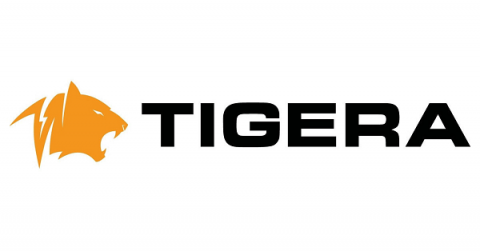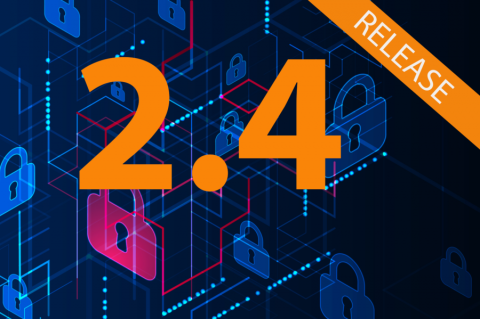Five Things Your APM Platform Should do for Your Container Application Deployments.
One of the chief complexities in running large scale containerized applications is the need for continuous systems/application monitoring. Containers are very different from traditional VMs and the 3 tier applications that run on them. Monitoring that needs to ensure that SLAs promised to the business are being met as well as an ability to forecast usage trends while identifying problem areas such as bugs, capacity challenges, slowing performance, and any potential downtime.




